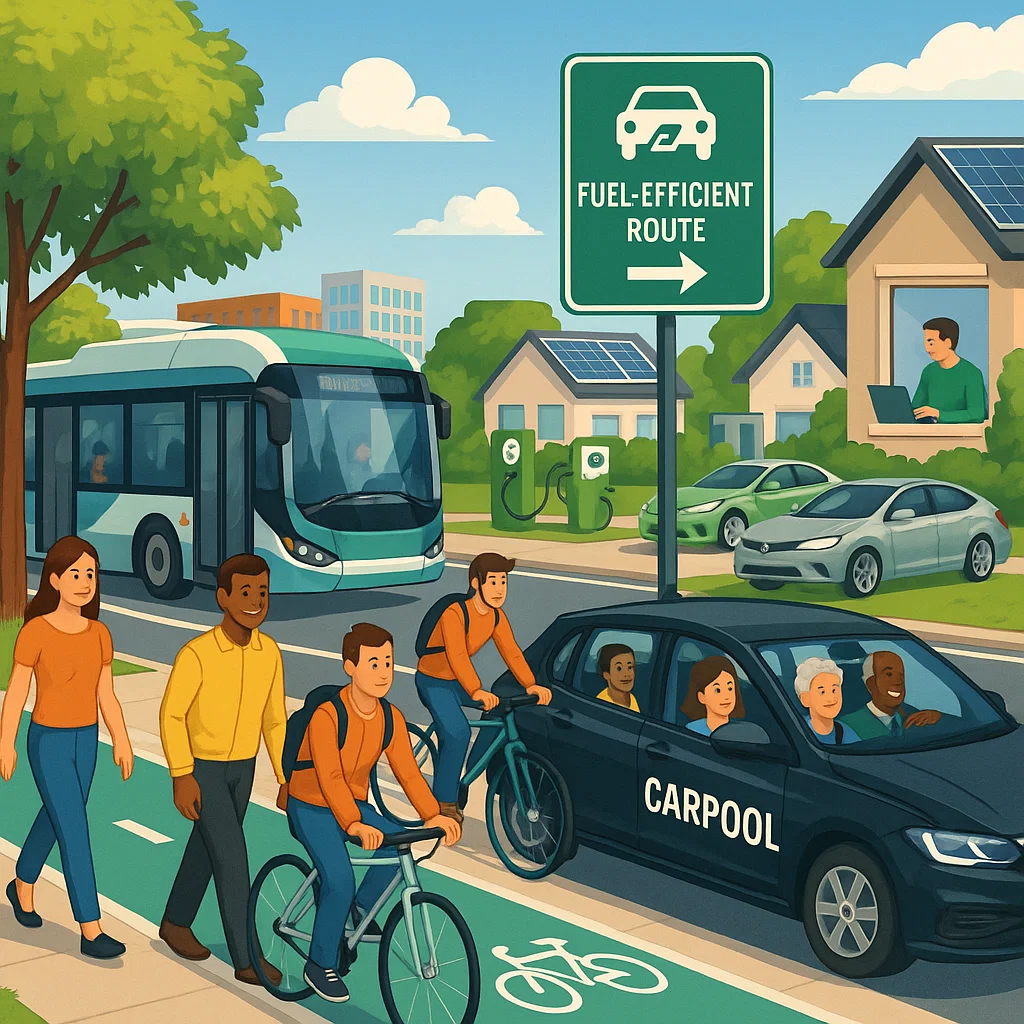Reducing Carbon Footprint using Awning Solutions
An awning represents more than just exterior home decoration or weather protection. These versatile outdoor structures serve as practical investments that contribute significantly to environmental sustainability efforts. Modern awnings provide excellent shade coverage while reducing indoor temperature fluctuations, which directly impacts energy consumption patterns.
The strategic installation of awnings can decrease cooling costs by up to 25% during summer months. Quality awning materials, including eco-friendly fabrics and sustainable aluminum frames, offer long-term durability without compromising environmental responsibility. Premium awning systems feature motorized mechanisms that automatically adjust based on sun position and weather conditions, maximizing energy savings throughout the day.
Energy Efficiency through Smart Home Design
Reducing your carbon footprint requires thoughtful consideration of household energy consumption. Strategic placement of shade structures around windows and outdoor spaces minimizes solar heat gain throughout the day. This natural cooling effect reduces reliance on air conditioning systems, which account for approximately 20% of residential energy usage.
Installing reflective surfaces and light-colored materials further enhances cooling efficiency while maintaining comfortable indoor temperatures. Smart thermostats and programmable systems optimize energy usage by learning household patterns and adjusting temperatures accordingly.
Window treatments, insulation upgrades, and energy-efficient appliances create comprehensive approaches to reducing home energy consumption and environmental impact.
Transportation and Lifestyle Modifications

Personal transportation choices significantly impact individual carbon emissions. Walking, cycling, and using public transportation for short trips can reduce personal emissions by thousands of pounds annually. Carpooling arrangements and remote work opportunities eliminate unnecessary commuting while maintaining productivity levels.
Electric vehicle adoption continues growing as charging infrastructure expands across urban and suburban areas.
Hybrid vehicles offer transitional solutions for consumers not ready for fully electric options. Planning consolidated trips and choosing fuel-efficient routes minimize unnecessary mileage and reduce overall transportation emissions.
Sustainable Consumption Practices
Mindful purchasing decisions create lasting environmental benefits through reduced waste generation. Buying locally sourced products minimizes transportation emissions while supporting community businesses and farmers. Choosing durable goods over disposable alternatives prevents frequent replacements and reduces manufacturing demand.
Composting organic waste transforms kitchen scraps into nutrient-rich soil amendments for gardens and landscaping projects. Reducing single-use plastics, repairing items instead of replacing them, and selecting products with minimal packaging contribute to waste reduction efforts. Second-hand shopping and clothing swaps extend product lifecycles while reducing demand for new manufacturing.
